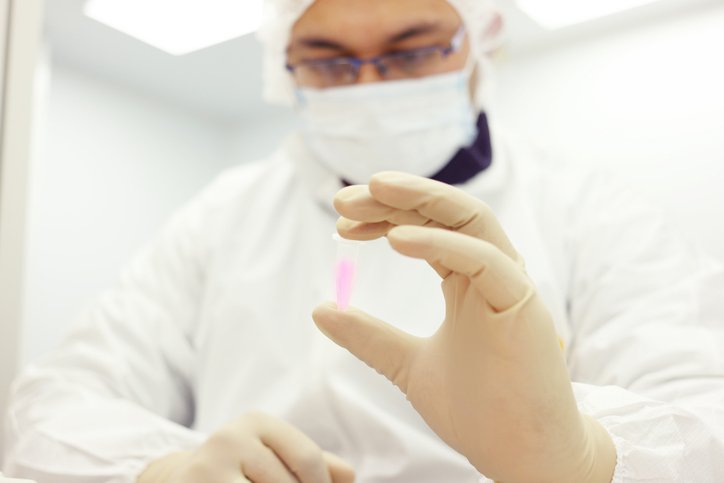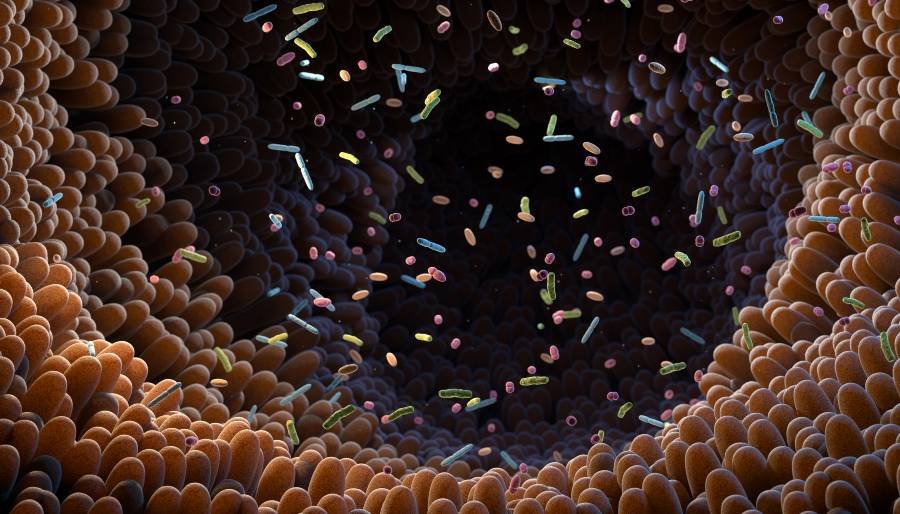Gene therapy achieved its first major breakthroughs in the early 1990s with the treatment of a rare disease called severe combined immunodeficiency. However, the field was dealt a serious setback in 1999, when 18-year-old Jesse Gelsinger died during a clinical trial for a rare metabolic disorder. His death, which was caused by a massive immune response to the adenovirus vector used, raised urgent safety concerns and cast a long shadow over the field, leading to a prolonged period of minimal progress.
Over the past decade, however, gene therapy has experienced a resurgence. The FDA has approved gene-based treatments for a range of conditions, including sickle cell disease, hemophilia, Duchenne muscular dystrophy, and inherited retinal disorders. Amid this renewed optimism, GEN spoke with experts from four leading companies to learn how gene therapy is now being applied to one of medicine’s greatest challenges: cardiovascular disease.
Correcting cardiovascular mutations
Lexeo Therapeutics and Tenaya Therapeutics are using gene therapy to treat cardiovascular diseases caused by single-gene mutations. “In cancer care, we have seen an increasing shift to genetic and personalized medicine,” explains R. Nolan Townsend, CEO of Lexeo. “We believe we are just now at the forefront of this same revolution in cardiovascular care.”
Both companies are using adeno-associated viruses (AAVs) as vectors to target human cells. With this approach, the original DNA of the virus is replaced with DNA encoding a fully functional gene (Figure 1).

Once delivered into the body, it is hoped that the AAV vector used will insert the working gene specifically into heart cells. “The healthy gene’s function will provide the necessary instructions to produce the missing protein and compensate for the mutated gene,” explains Faraz Ali, the CEO of Tenaya.
Both companies intend for their therapies to be administered as a one-time intravenous infusion. “Ultimately, this form of gene therapy is intended to keep producing protein for years–and potentially for the lifespan of the patient,” notes Ali.
Townsend highlights that Lexeo currently has two gene therapy candidates in Phase I/II trials. LX2006 delivers a functional FXN gene for the treatment of cardiomyopathy in Friedreich’s ataxia (Figure 2), while LX2020 is designed to treat arrhythmogenic cardiomyopathy associated with mutations in the PKP2 gene.

LX2006 has been tested in 16 participants to date, with early clinical data showing increases in FXN protein expression in the heart, decreases in heart muscle thickness, and improvements in other biomarkers of heart health. Early results for LX2020 are also promising.
Meanwhile, Tenaya’s TN-201 is currently in a Phase Ib/II clinical trial of adults with hypertrophic cardiomyopathy caused by the myosin binding protein C (MyBP-C) gene. Promisingly, early clinical evidence demonstrates that TN-201 reaches heart muscle cells and produces the RNA instructions needed to make the missing protein.
“We are seeing robust RNA levels that increase over time, and MyBP-C protein levels have increased over the same period,” highlights Ali. Furthermore, patients have experienced reductions in heart failure symptoms and decreased levels of troponin, a biomarker of heart injury.
Tenaya’s TN-401 is also being assessed in Phase Ib trials for PKP2-associated arrhythmogenic right ventricular cardiomyopathy. In preclinical studies, Tenaya demonstrated that a single dose of TN-401 restored healthy levels of the PKP2 protein and extended survival. The first clinical data will be available later this year.
Safety concerns
The primary safety risks associated with gene therapy include immune reactions and off-target effects in unintended organs, such as the liver, lungs, and spleen. Nevertheless, Ali and Townsend note that their technology has generally been well tolerated.
Tenaya’s TN-201 and TN-401 both utilize adeno-associated virus serotype 9 (AAV9) to deliver genes to the heart. “AAV9 was selected as the vector for delivery based on its extensive clinical and commercial safety record and its demonstrated ability to target heart muscle cells,” notes Ali.
While AAV9 vectors are a popular approach for gene therapy, Lexeo is utilizing the AAVrh10 capsid, which has shown a particular affinity for heart cells. “AAVrh10 and its preferential cardiac gene expression allow Lexeo to use lower doses in our research, which we hope can balance safety and efficacy in our gene therapy trials,” notes Townsend.
Stimulating blood vessel growth
Like Lexeo and Tenaya, XyloCor Therapeutics is using viral vectors to
deliver gene therapy. However, as Al Gianchetti, president and CEO of XyloCor, notes, “We are not treating these rare genetic defects. Instead, we are treating the much more common coronary artery disease and refractory angina that impacts many people.”
XyloCor is focused on a protein called vascular endothelial growth factor (VEGF). “Your body naturally produces this protein, but at a very low level,” notes Gianchetti. “We are using gene therapy to instruct the cardiac cells to produce enhanced levels of VEGF for a specific period, which will lead to the creation of new blood vessels.”
The company is injecting the treatment directly into the ischemic area of the heart. “We think this is a safer approach because you are using much lower doses—300 or 400 times lower doses than some of the other approaches that involve intravenous or intracoronary infusion,” he notes.
XyloCor utilizes the adenovirus serotype 5 (Ad5) vector, which, unlike AAV, exhibits a transient expression profile. “We don’t want the body to produce new blood vessels in perpetuity. It is just a temporary period to stimulate the formation of these new blood vessels.”
In the company’s Phase I/II trials on refractory angina (results of which were published in 2023 and 2024), the drug was administered by surgical procedures. Animal studies have confirmed that XyloCor’s approach results in the expression of the desired protein in the heart. Clinical trials have also demonstrated a decrease in the size of ischemic defects over time, improvements in functional capacity, and a reduction in episodes of chest pain.
“We didn’t see any serious adverse events related to the viral vector or drug,” notes Gianchetti. “However, some serious adverse events resulted from the 1-hour surgical drug administration procedure.”
Consequently, the company is now transitioning to a non-surgical catheter-based method of administration. “We believe this will be much safer for the patient and still accurately deliver the same level of viral vector to the heart,” Gianchetti says.
XyloCor is currently initiating two Phase II trials: one in refractory angina and the second in a new population—patients undergoing coronary bypass procedures. The company is looking to enroll patients who may benefit from the addition of a VEGF treatment during a planned bypass procedure.
Base editing for cholesterol
Sek Kathiresan, MD, co-founder and CEO of Verve Therapeutics, explains that the company is employing a gene editing approach called “base editing,” which enables single-letter changes in DNA without breaking the strand.
“Base editors can be compared to pencils in their ability to ‘erase’ and rewrite a specific letter in a gene,” he notes.
Verve is advancing a pipeline of gene editing programs designed to safely silence genes in the liver that contribute to cardiovascular disease, particularly those associated with high cholesterol. The goal is to create a one-dose treatment that durably lowers harmful cholesterol on a lifelong basis.
Kathiresan notes that base editing is a next-generation CRISPR technology. “CRISPR-Cas9 therapies have limitations because they create a double-stranded break in DNA and rely on cellular mechanisms to complete the editing process,” he notes. “Although CRISPR-Cas9 therapies can be effective, they lack full control of the editing outcome, which can result in unwanted DNA modifications.”
Verve’s 3 lead programs—VERVE-102, VERVE-201, and VERVE-301—target the PCSK9, ANGPTL3, and LPA genes, respectively, which have been validated by human genetics and pharmacology as targets for lowering blood lipid levels.
These programs are delivered using Verve’s proprietary N-acetylgalactosamine-lipid nanoparticles (GalNAc-LNP) technology. The GalNAc-LNP delivery system is designed to specifically target liver cells—the key site of action for lowering low-density lipoprotein (LDL) cholesterol—with high efficiency and minimal off-target exposure.
“Our base editing is being performed in vivo, meaning we do it directly inside the patient’s body,” notes Kathiresan. In contrast, many other companies are pursuing ex vivo treatments, which tend to be more complicated.
VERVE-102 is currently in Phase Ib clinical trials for individuals with severe underlying diseases such as heterozygous familial hypercholesterolemia and premature coronary artery disease, which require deep and durable reductions of LDL cholesterol levels in the blood. The treatment targets the PCSK9 gene, a key regulator of cholesterol in the liver.
Thus far, VERVE-102 has been well-tolerated, with no serious adverse events related to treatments. Furthermore, a single infusion resulted in dose-dependent decreases in blood PCSK9 and blood LDL cholesterol levels. Progress is also being made in a Phase Ib clinical trial for VERVE-201 and regulatory enabling studies for VERVE-301.
Gene therapy expands
Gianchetti is optimistic about the future of gene therapy for cardiovascular disease. “Gene therapy is just moving into this realm, and we are seeing remarkable clinical results,” he says. In the future, he expects to see gene therapy used for more common conditions, such as heart failure and wet age-related macular degeneration. “To me, one of the next important frontiers for gene therapy is applications that can benefit larger patient populations.”
The post Gene Therapy Companies Set Sights on Cardiovascular Disease appeared first on GEN – Genetic Engineering and Biotechnology News.




